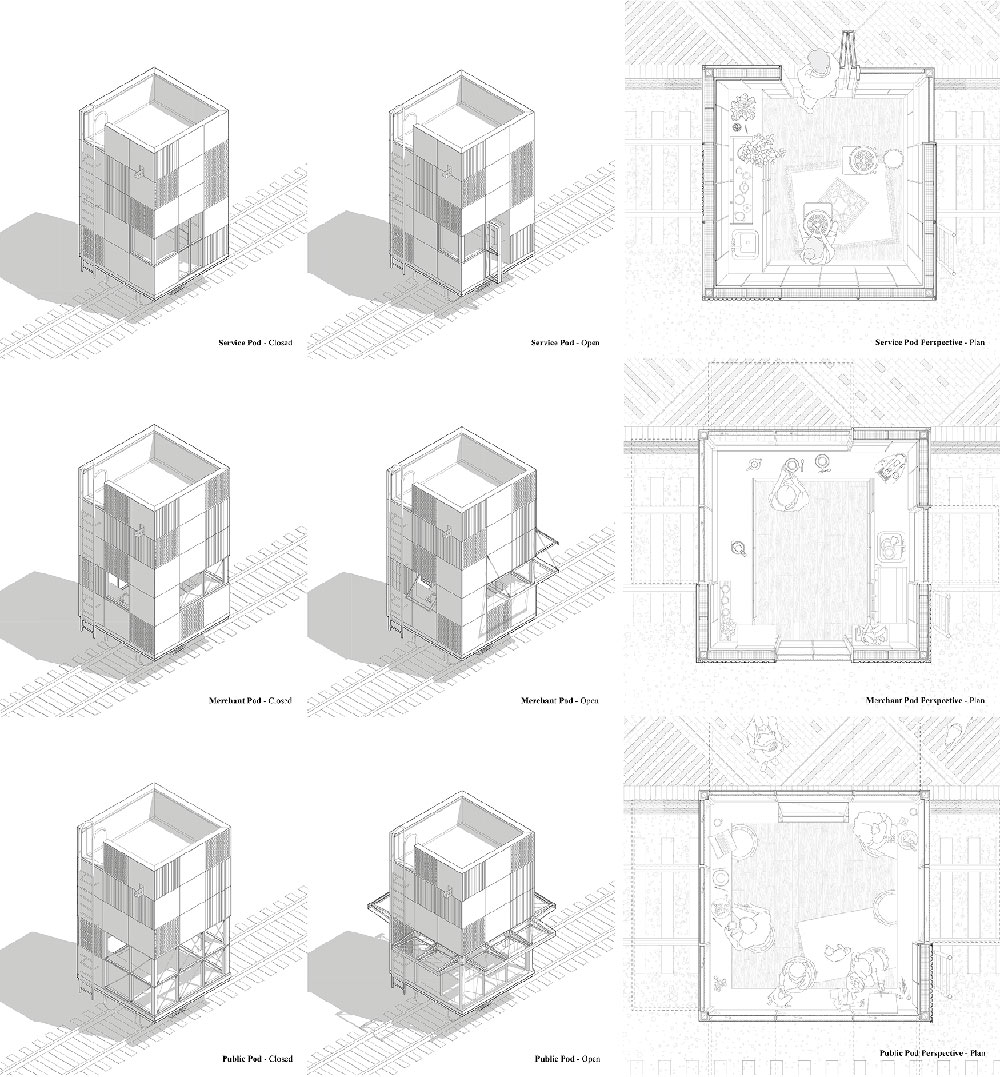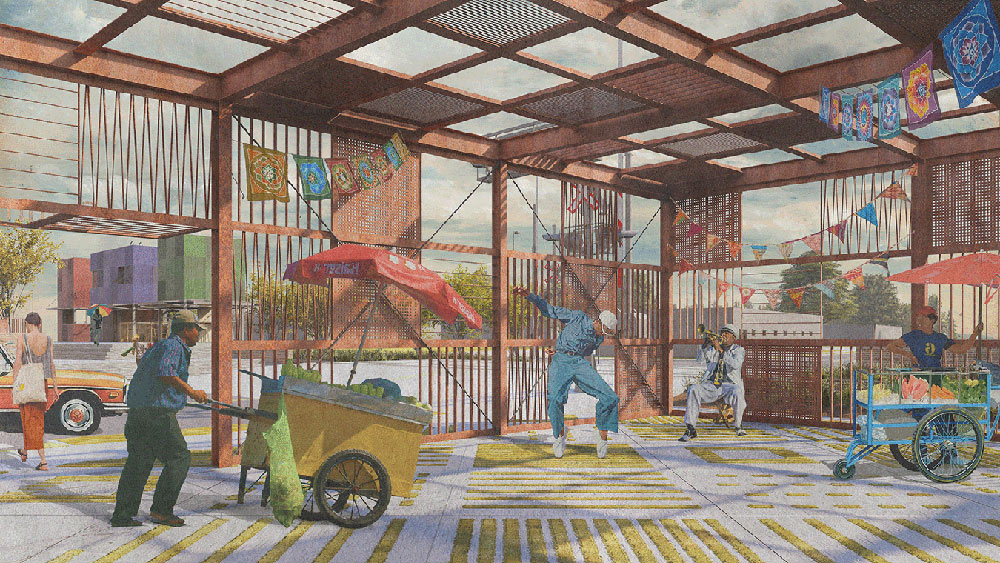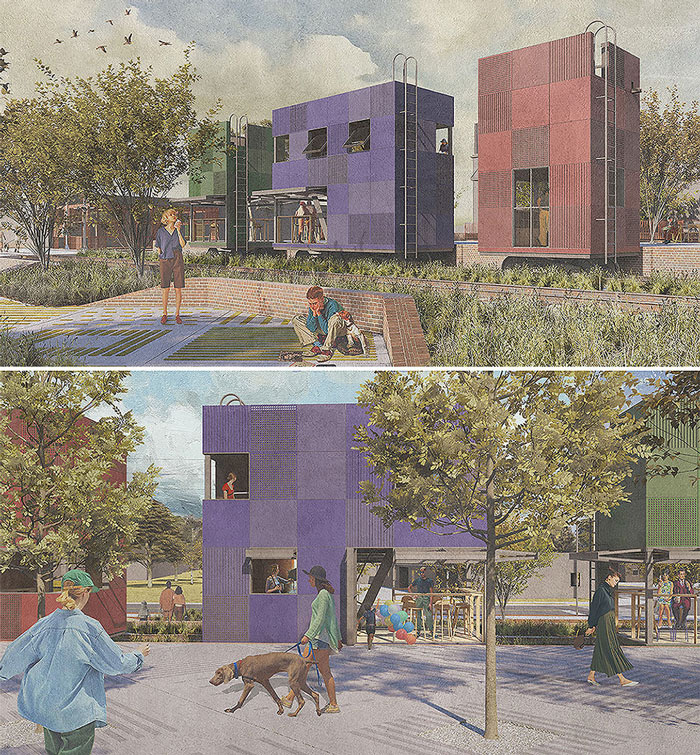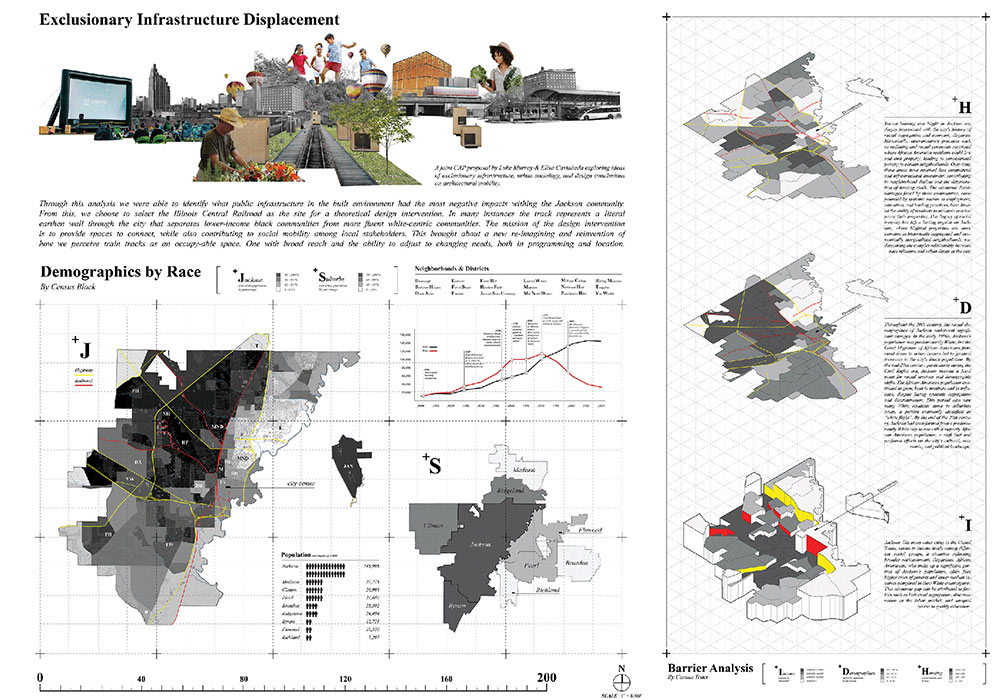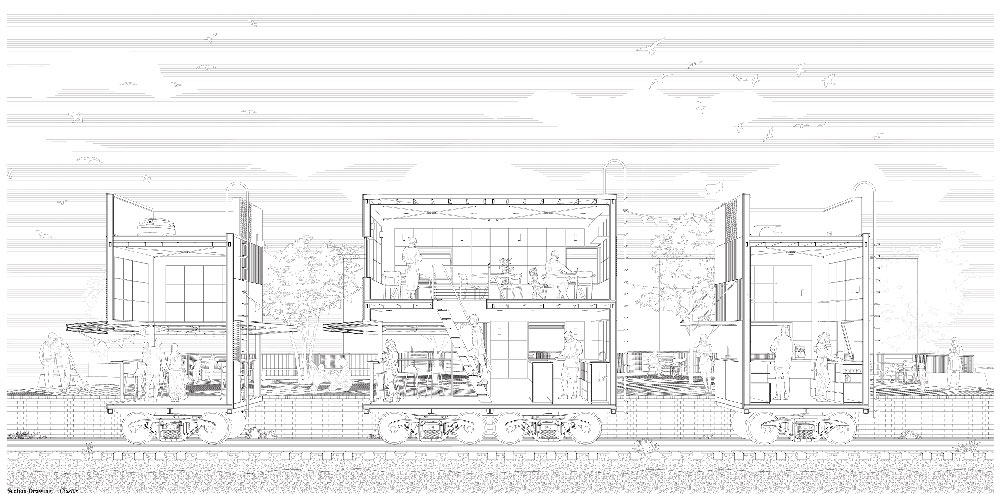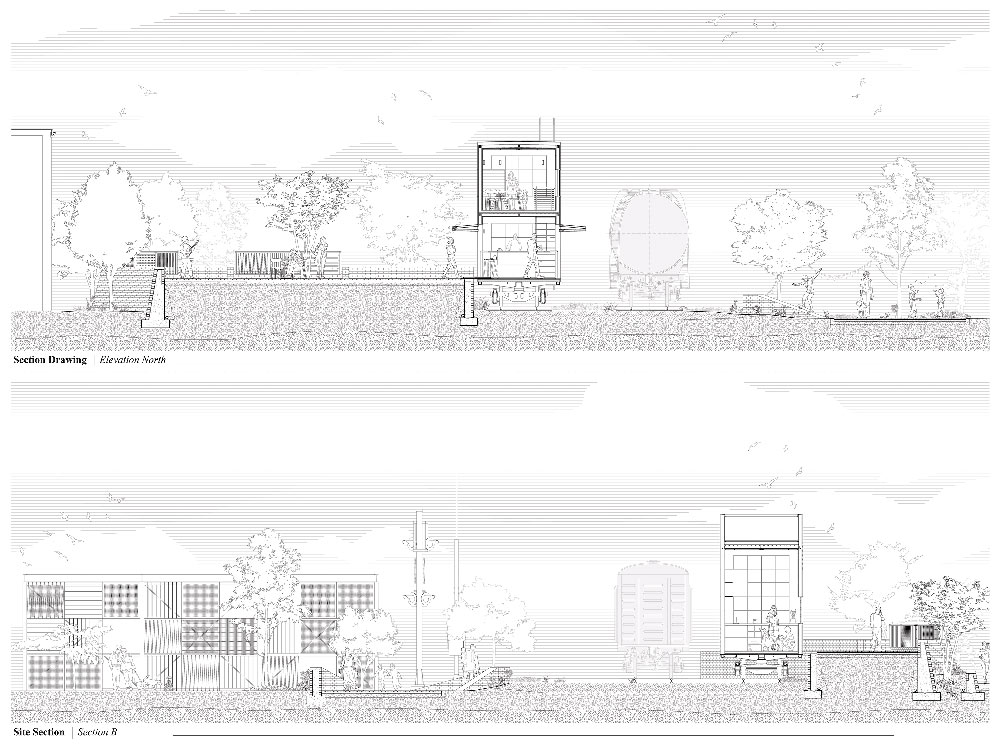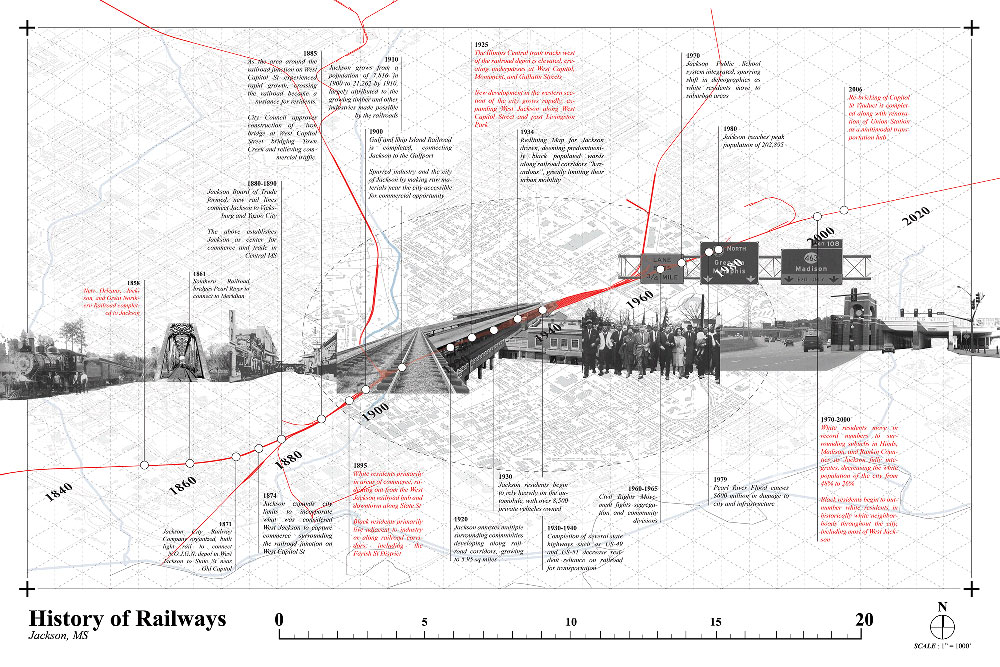Exclusionary Infrastructure & Displacement: a Study on Architectural Mobility
By Elisa Castañeda and Luke Murray
Project Summary
Jackson, Mississippi is a unique place, the capital of the most low-income state in the nation, the Blackest major city in the United States per capita, and a city whose history is translated through its infrastructure and built landscape. While the implementation of policies and regulation are directly in view as forms of disenfranchisement in marginalized communities, public infrastructure, urban planning, and the built environment are not often recognized as forms of regulation. The placement of highways, railroads, walls, and more, have had profound effects on the organization of different racial demographic groups within the city of Jackson - these patterns are still pervasive today.
The above implicates exclusionary infrastructure, defined here as the placement and construction of built works that hinder accessibility between communities, resulting in systemic disinvestment and social plight.
This proposal aims to examine how these factors – and their historical, social, and political contexts – have resulted in inequity at multiple scales. And furthermore, leverage that research to better understand how architecture can be a form of liberation rather than control in a city and a state that fails to reconcile under the weight of its own history.
What follows is our research and conclusions on how architectural design skills can be used to illustrate how we might begin to break down exclusionary infrastructure and create collective autonomies over spaces that may seem divisive. To argue that physical divides can become points for connection.
Through this analysis we were able to identify what public infrastructure in the built environment had the most negative impacts within the Jackson community. Out of this came the Illinois Central Railroad as the site for a theoretical design intervention. In many instances the track represents a literal earthen wall through the city that separates lower-income black communities from more fluent white-centric communities. The mission of the design intervention is to provide spaces to connect, while also contributing to social mobility along local stakeholders. This brought about a new re-imagining and reinvention of how we perceive train tracks as an occupy-able space. One with broad reach and the ability to adjust to changing needs, both in programming and location.
